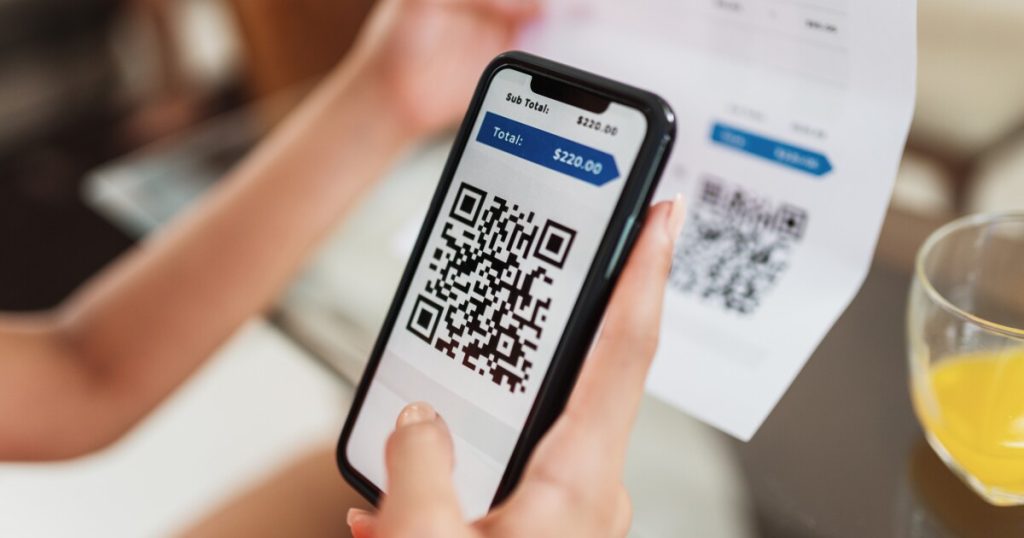Adobe Stock
Account-to-account payments are poised to gain traction with consumers for online and in-store spending, creating an opportunity for banks to reach cost-conscious customers.
Also referred to as
Notably, stand-alone A2A expenditure at merchants is expected to almost double between 2024 and 2029, with even stronger growth predicted in markets such as Australia, Brazil and India, Datos said. Still, it’s expected to remain only a small sliver of overall global consumer digital spending in 2029, with 80% of the total predicted to come from digital wallets.
Read more about mobile payments. (
While the U.S., in particular, is largely a card-based market, it’s poised to change over time. Juniper Research noted in a
Currently, more than 85% of global A2A spend is online, according to Datos. But that, too, could change as more in-store options become available.
Here’s what banks need to know about the A2A landscape and how it’s shaping up globally:
A nascent market in the U.S.
There’s huge variation by country, with A2A payments just beginning to take off in the U.S., Chris Herbert, senior manager at Datos Insights, told American Banker.
One contender for market share is Paze, an online checkout solution developed by Early Warning Services, the company behind Zelle. The service, which began as a pilot in 2023 and is still in relative infancy, allows consumers to check out online without sharing their actual card numbers with a merchant. Around 30 merchants currently support Paze, and the list
Walmart also offers a pay-by-bank option for online purchases using ACH, but in September, the retailing giant
Brazil’s Pix gains momentum
In Brazil, A2A payments are firmly established. Pix, a payment method created in 2020 by the Central Bank of Brazil, allows shoppers to pay online and via QR codes in-store. All financial institutions and payment institutions can offer their clients and users Pix. However, institutions with over 500,000 active accounts are obligated to offer the service.
Just recently, PagBrasil, the fintech behind Pix, partnered with Verifone to launch an in-store alternative payment method for Brazilians shopping in the U.S. The partnership allows them to pay in Brazilian currency using Pix, with international Pix transactions via Verifone processed at about 2% with no additional fees, according to the companies.
The European landscape
The European Payments Initiative operates Wero, a mobile-first wallet and instant account-to-account payment solution. It’s still in the early stages, currently being used mostly for P2P, but the goal is to expand it broadly as an e-commerce solution and move into more European markets, Herbert said. Next year, an in-store solution is planned.
In the Netherlands, iDEAL continues to grow. IDEAL is an online payment method that allows consumers to pay online merchants via their bank. They can also use the service to pay energy bills, donate to charities, pay municipal taxes and more. Since its launch in 2005, the payment method iDEAL has become the Dutch payment standard, reaching almost 100% of Dutch consumers, according to the company. More than 1 billion transactions per year are made with iDEAL. In October, the European Payments Initiative bought iDEAL and will be merging it with Wero over the next couple of years.
The Canadian model
Interac Direct enables online shopping at participating merchants with card-free payments from an account at a participating financial institution. It’s in beta release with a handful of merchants, and more online stores are expected to participate in its upcoming commercial launch.
Barriers to adoption in the U.S.
Growth of A2A in the U.S. turns on convincing consumers to shift from card-based to account-based solutions. “With any of these new solutions, where there are already solutions in place, there’s got to be a reason for consumers to change their habits when most are happy with what they’ve got at the moment,” Daniel Dawson, cards and payments lead at Datos Insights, told American Banker.
Merchants could gravitate toward A2A because it can cost them less than cards, but convincing customers remains a sticking point. To increase adoption, they could consider rewards or surcharging credit cards, where allowed, said Datos Insights’ Herbert.
Even so, Herbert estimates it could be a decade or longer before A2A goes head-to-head with cards in the U.S. “I don’t think we’re talking about the next year or two.”

